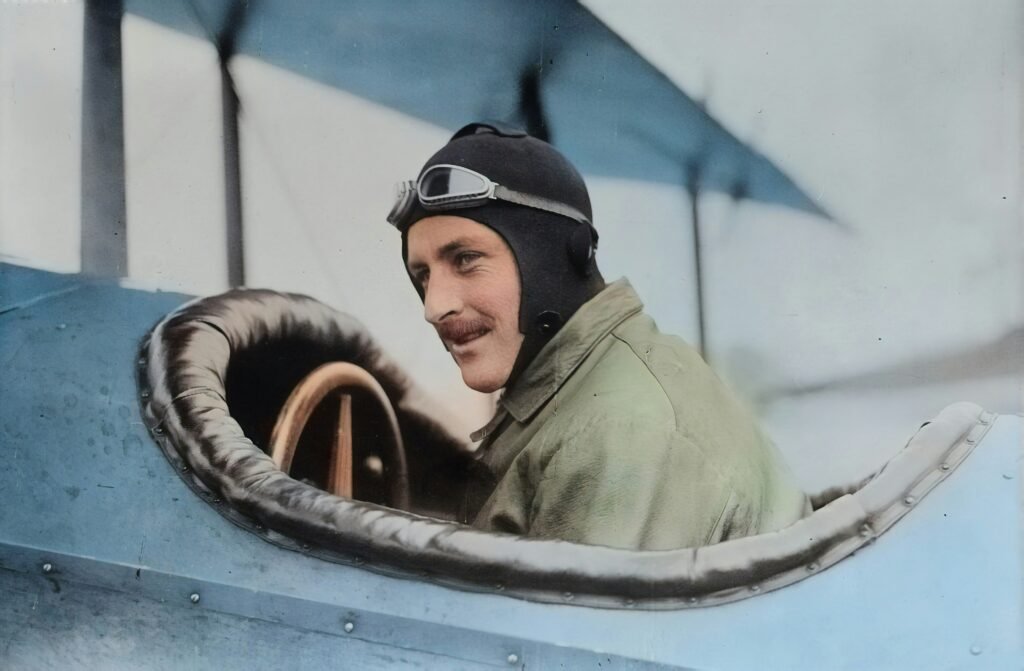Wingsuits are special suits that let people glide through the air. They look a bit like a superhero costume but have fabric wings. Have you ever wondered when they first appeared? Let’s explore their history and how they became what they are today.
Short answer
Wingsuits were first invented in the 1930s when Clem Sohn developed a prototype with fabric panels between the arms and legs. These early models were dangerous and not very practical. Modern wingsuits, which are much safer and more effective, began to emerge in the 1990s thanks to Patrick de Gayardon. Today, they allow people to glide at high speeds and cover long distances, primarily used by extreme sports enthusiasts.
The dream of flying
Humans have always wanted to fly. For centuries, people tried to copy birds. Some ideas were brilliant, others ended in disaster. Before wingsuits, there were gliders, parachutes, and other flying machines.
· Leonardo da Vinci’s flying machines: In the 1400s, da Vinci drew designs for wings and flying devices. He never built them, but his ideas inspired future inventors.
· First gliders: In the 1800s, people like Otto Lilienthal tested gliders. These machines let humans fly short distances without engines.
These early experiments didn’t lead to wingsuits yet. But they showed that flying was possible.
The first wingsuits: 1930s
The real story of wingsuits began in the 1930s. Clem Sohn, an American daredevil, was one of the first people to design something like a wingsuit. His suit had fabric panels between his arms and legs. This helped him glide before opening a parachute.
· Clem Sohn’s performances: He showed his wingsuit at airshows. People were amazed by how long he could stay in the air.
· The risks: Early wingsuits were dangerous. The materials weren’t strong, and the designs weren’t perfect. Clem Sohn himself died in a wingsuit accident in 1937.
Even though early wingsuits were risky, they proved the concept could work.
Development in the mid-1900s
After Clem Sohn, other skydivers and inventors continued to experiment. Between the 1940s and 1960s, there were improvements in parachutes, but wingsuits remained rare. Why?
· Technology limits: Fabrics weren’t advanced enough to make safe wingsuits.
· Lack of interest: Most skydivers used regular parachutes, which were simpler and safer.
Wingsuits didn’t gain much attention until the late 20th century.
Modern wingsuits: 1990s
The modern wingsuit era began in the 1990s. French skydiver Patrick de Gayardon made major improvements. He redesigned the suit, making it safer and more effective. His version had better fabric and a streamlined shape.
1997 breakthrough
De Gayardon became famous for performing wingsuit jumps. He could glide farther and longer than anyone before him. Sadly, he died in a jump accident in 1998. Despite this tragedy, his work inspired others to continue developing wingsuits.
Wingsuits today
By the early 2000s, wingsuits became more advanced. Modern designs are safer, thanks to new materials and better understanding of aerodynamics. Today’s wingsuits allow jumps from planes, helicopters, and cliffs.
· Speed and distance: A skilled wingsuit pilot can fly at speeds over 200 km/h and cover distances of several kilometers.
· Wingsuit BASE jumping: This extreme sport involves jumping from cliffs or buildings. It’s one of the most dangerous sports in the world.
How do wingsuits work?
Wingsuits work by creating lift. The fabric between the arms and legs acts like wings on a plane. When someone jumps, they can control their flight by moving their body. After gliding, they use a parachute to land safely.
Wingsuits were first invented in the 1930s, but they became popular much later. From Clem Sohn’s risky experiments to today’s advanced designs, wingsuits have come a long way. They’re a symbol of human creativity and our dream of flying. Would you ever try one? It’s an incredible experience—but not for the faint of heart.

